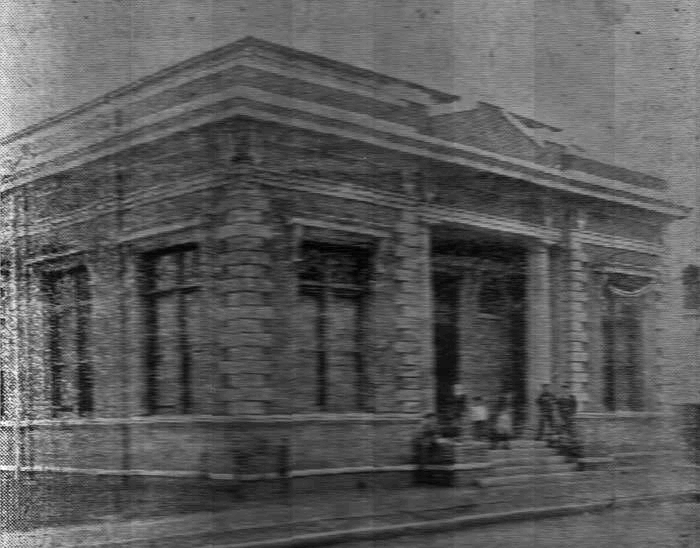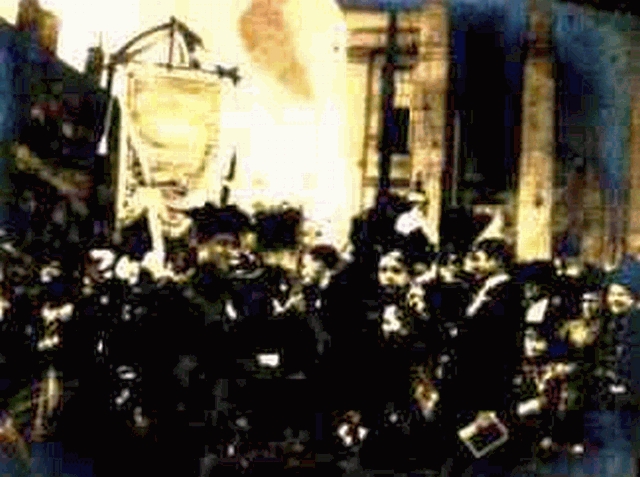|
Today in New Orleans History |
|
|
December 28


 

And You won't pay a penny more! To receive an update for each day in New Orleans history,
join our facebook page - Today in New
Orleans History
Roy E. Glapion, Jr. was born on December 3, 1935 in New Orleans, La. He was educated in Catholic
schools in New Orleans and obtained his Bachelor of Science degree from Xavier University in 1958. He received a Master's
degree in education from Southern University in 1977. He served for 24 years in the Orleans Parish Public School System as
a teacher and coach, the majority of his time spent at Carter G. Woodson and Joseph S. Clark schools. He then served for
12 years as Coordinator of Athletics for Orleans Parish Schools and later became the system's Athletic Director. Glapion joined
the Zulu Social Aid and Pleasure Club in 1972 and soon became the club's finance chairman. By 1976, he was elected club president,
a position he would hold until 1988. Under his leadership, the Zulu Organization obtained a permanent address at 732 North
Broad St. and expanded their community service, fund raising, and social outings. In 1994, he was elected to the New Orleans
City Council as Representative for District "D". While on the city council, he continued to be active on community
issues and championed the causes of small and minority businesses. He served on several council committees including the
budget, utilities, and telecommunications committees. At the beginning of 1998, he was diagnosed with colon cancer. While
fighting the disease, he was elected King Zulu 2000, but lost his battle with cancer before he could reign. He died on December
28, 1999 and the Zulu organization honored him by allowing his reign to be posthumous, the King's float rolling empty
in his memory on Mardi Gras 2000. (From the New Orleans Public Library)
In 1818, he was a candidate for the U.S. Senate. After he lost that election, he left
New Orleans and settled across the Mississippi River, establishing the town of McDonoghville, now called McDonogh,
which is in present-day Algiers and Gretna. The site of his McDonoghville home has long since
been eroded into the Mississippi River. The young McDonogh was mentioned as having unsuccessfully courted Micaela
Almonester, who went on to become the Baroness Pontalba, one of the most important figures in New Orleans history;
however, there are no documented sources of this rumor. He was also rebuffed in courtship later in life. A failure to marry
and the loss of the Senate race may have contributed to a life which has been described as reclusive. William H. Seymour,
a local and near-contemporary chronicler, described him in 1896 as having been an "eccentric philanthropist" who
"for twenty-two long years toiled" within the walls of his "somber dwelling." |
|
|

To receive an update for each day in New Orleans history,
join our facebook page - Today in New
Orleans History.
Analytics |


 This New Orleans Public Library photograph shows the unveiling of the McDonogh Monument in Lafayette Square on December
28, 1898.
This New Orleans Public Library photograph shows the unveiling of the McDonogh Monument in Lafayette Square on December
28, 1898. 
